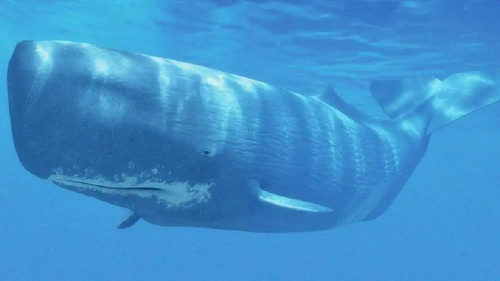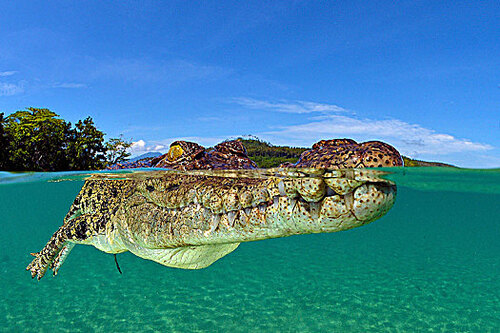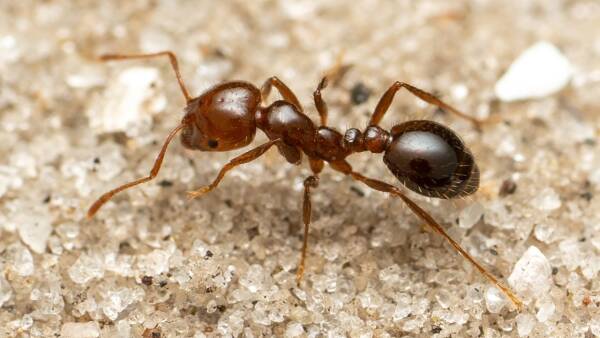
Table of ContentsIntroductionHuman with Animal Features: What Does It Mean?Animal with Human Features: The Flip SideAnthropomorphism vs. Zoomorphism: Key Differences (with Table)Hybrid Creatures in Mythology and Pop CultureReal-World Science: Gene Splicing and Ethical ConcernsWhy Are We So Fascinate...

The phrase "Man is a social animal" is one of the most recognized observations in philosophy, often attributed to Aristotle. This concept has been central to understanding human nature and society, influencing fields ranging from sociology and psychology to literature and evolutionary biol...

The question of how humans and animals differ has intrigued philosophers, scientists, and scholars for centuries. While humans are classified as animals biologically, there are key distinctions that set us apart from other species. These differences range from cognitive abilities and communication s...

Warm-blooded animals, also known as endotherms, maintain a relatively constant body temperature regardless of the environmental conditions. Unlike cold-blooded animals, their internal mechanisms regulate heat through metabolic processes. The average body temperatures of warm-blooded animals can vary...

The size and structure of an animal's brain play a major role in its behavior, perception, and intelligence. Although brain size is not completely equivalent to intelligence, it plays a key role in an animal's ability to adapt to complex environments, solve problems, and engage in social beh...

In nature, the strength of bite force is one of the key characteristics of animal survival, especially for predators, a strong bite force means better hunting ability and the advantage of protecting themselves. Bite force is usually measured in Newtons (N), which represents the force exerted when th...

Success is staying passionate despite failure over and over again. Although this aphorism has been attributed to Winston Churchill (although perhaps erroneously), it also has deep resonance across the biological world. These creatures have overcome disease, starvation, predation, and human in...

As early as the late Triassic, when dinosaurs had just entered the evolutionary stage, a group of small animals that were inconspicuous at the time differentiated from therodonts among therapsid reptiles. They were born at the wrong time, because in the long years from the Jurassic to the Cre...